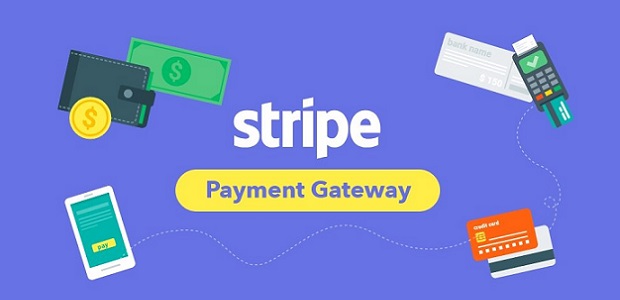
Stripe, which builds economic infrastructure for the internet, announced three major updates to its core payments platform to help its millions of users increase their revenue: worldwide direct connectivity to six major card networks; a revenue optimization engine; and Stripe Issuing, now available to all US businesses.
Direct platform connectivity
Capping a decade-long investment in its global payments and treasury network, Stripe now processes card transactions through direct integrations with all six major card networks in North America, Latin America, Europe and Asia Pacific. By exchanging information directly with the card networks, rather than relying on intermediaries, Stripe can reduce latency and remove potential points of failure for its customers.
Stripe now handles more than 250 million API requests a day—and often upwards of 10,000 per second—while maintaining 99.999% uptime. The direct platform further bolsters Stripe’s reliability and ensures better authorization rates (more legitimate transactions approved) for users who care about the best performance.
“Over the last several years, Mastercard has been collaborating with Stripe,” said Sherri Haymond, Mastercard’s executive vice president, Digital Partnerships, North America. “Stripe’s direct connectivity to Mastercard not only allows us to bring innovative payment technology to market faster but also builds an environment of connected intelligence that reduces fraud on suspect transactions and increases approval rates on valid ones.”
Revenue optimization engine
Stripe’s enterprise momentum continues to gather pace in 2020 with companies including Zoom, Westfield and Just Eat making the switch. As these enterprises respond to surges in demand and re-orient towards online services, Stripe’s engineering teams continuously deploy micro-optimizations to generate extra revenue.
By applying machine-learning technology used in its fraud-prevention tool Radar to develop bank-specific profiles, Stripe dynamically routes, adapts and retries transactions to maximize authorization rates (without increasing fraud rates). Since each of several thousand individual banks interprets and processes transaction requests differently, Stripe constantly updates and tunes its requests accordingly.
Stripe’s revenue optimization engine is expected to generate an incremental $2.5bn for businesses running on Stripe this year.
“Inappropriate declines are expensive by-products of the legacy payment infrastructure,” said Thad Peterson, Senior Analyst at Aite Group. “By connecting directly with the payment networks and optimizing authorization rates with machine learning, Stripe provides merchants with a real opportunity to increase revenue and transaction speed. This is further evidence of Stripe’s growing momentum in the enterprise segment.”
Stripe launches Issuing, world’s first self-service issuing product
For most of the past decade, millions of users have come to Stripe for infrastructure focused on payment acceptance. More recently, businesses wanted help easily creating cards and precisely controlling their spend. In response, Stripe built Issuing, fully programmable infrastructure for cards.
As the first fully self-serve product for issuing new contactless cards, Stripe Issuing has also reduced the time required to create a card from around two months to two minutes (for virtual cards) or two days (for physical cards). Now, any company can get started immediately. Already, companies like Zipcar, Carrot and Postmates are using Issuing to create hundreds of thousands of cards every month to manage how drivers, employees and couriers spend money. As of today, Stripe Issuing is available to all Stripe users in the US.
“Stripe Issuing is a big step forward,” said Alex Rampell, General Partner at Andreessen Horowitz. “Not just for the millions of businesses running on Stripe, but for credit cards as a fundamental technology. Businesses can now use an API to create and issue cards exactly when and where they need them, and they can do it in a few clicks, not a few months. As investors, we’re excited by all the potential new companies and business models that will emerge as a result.”
Banking 4.0 – „how was the experience for you”
„To be honest I think that Sinaia, your conference, is much better then Davos.”
Many more interesting quotes in the video below: